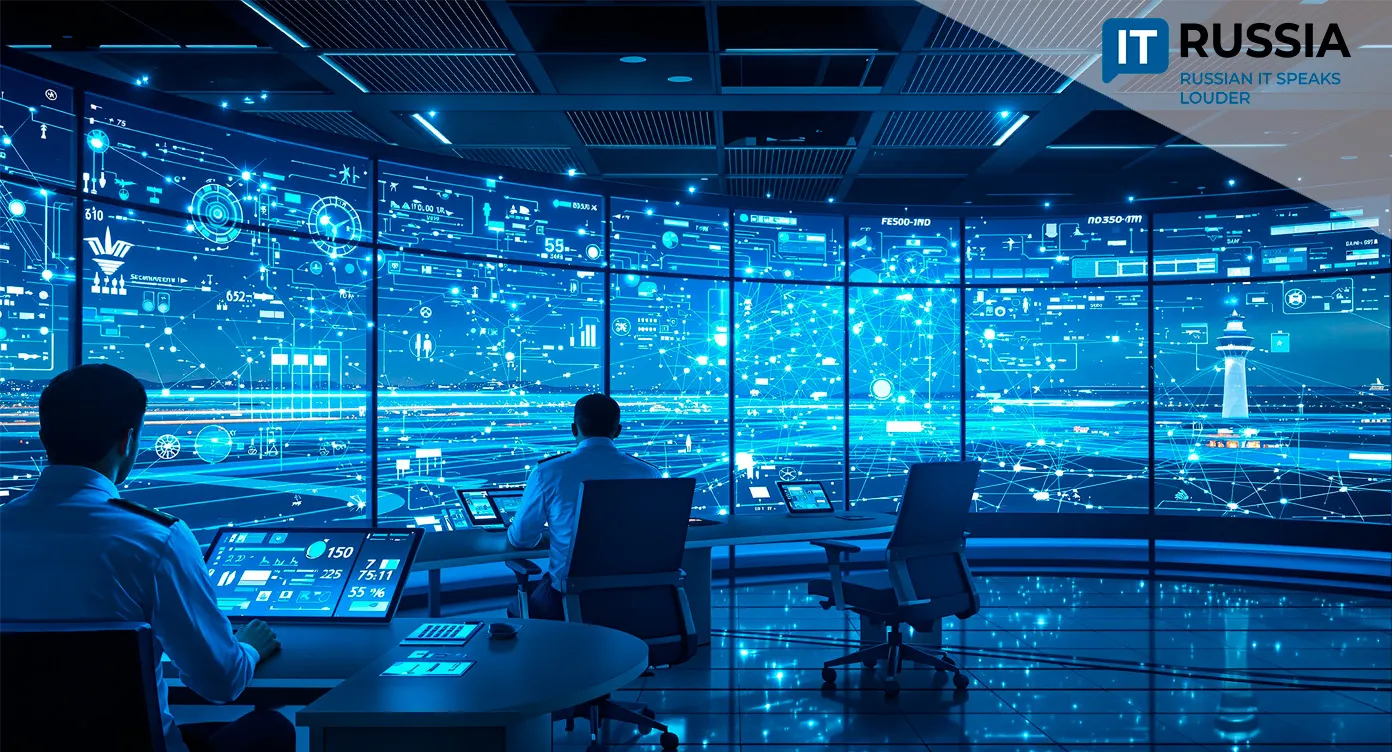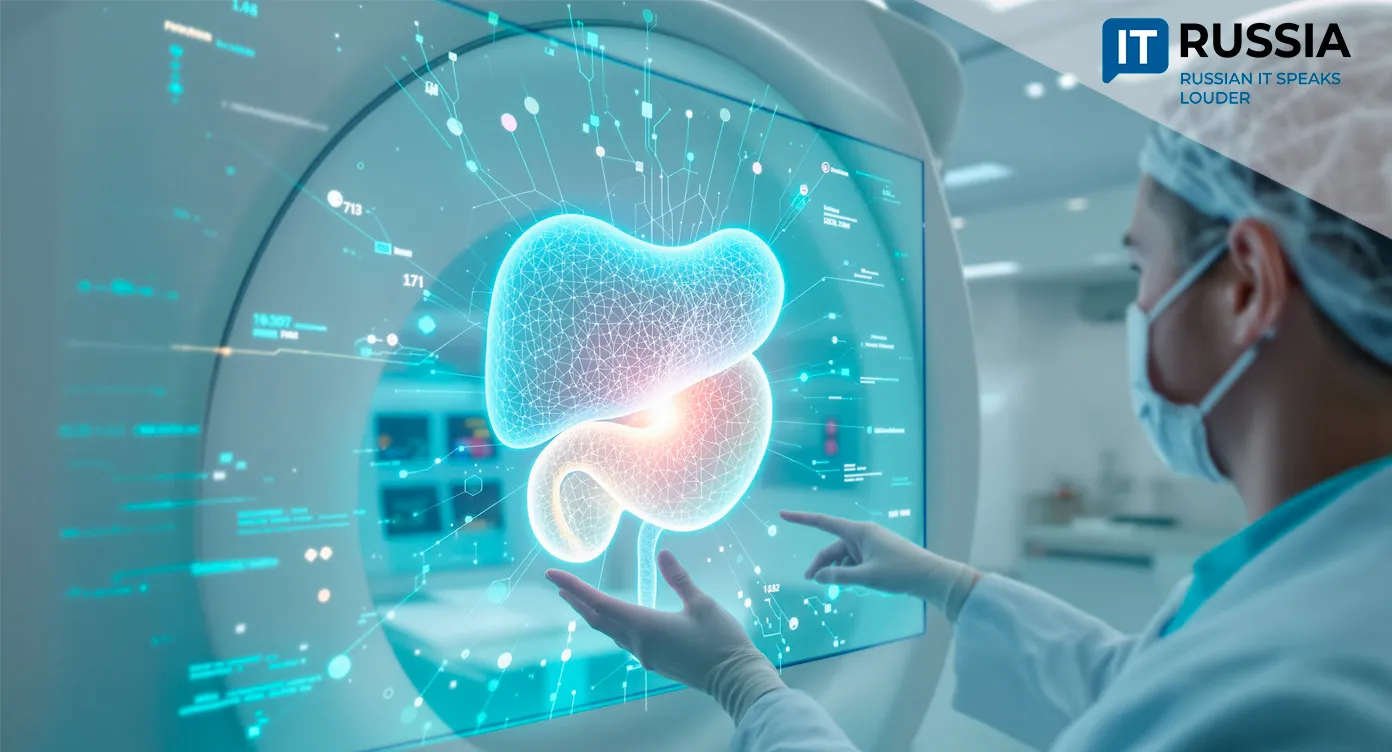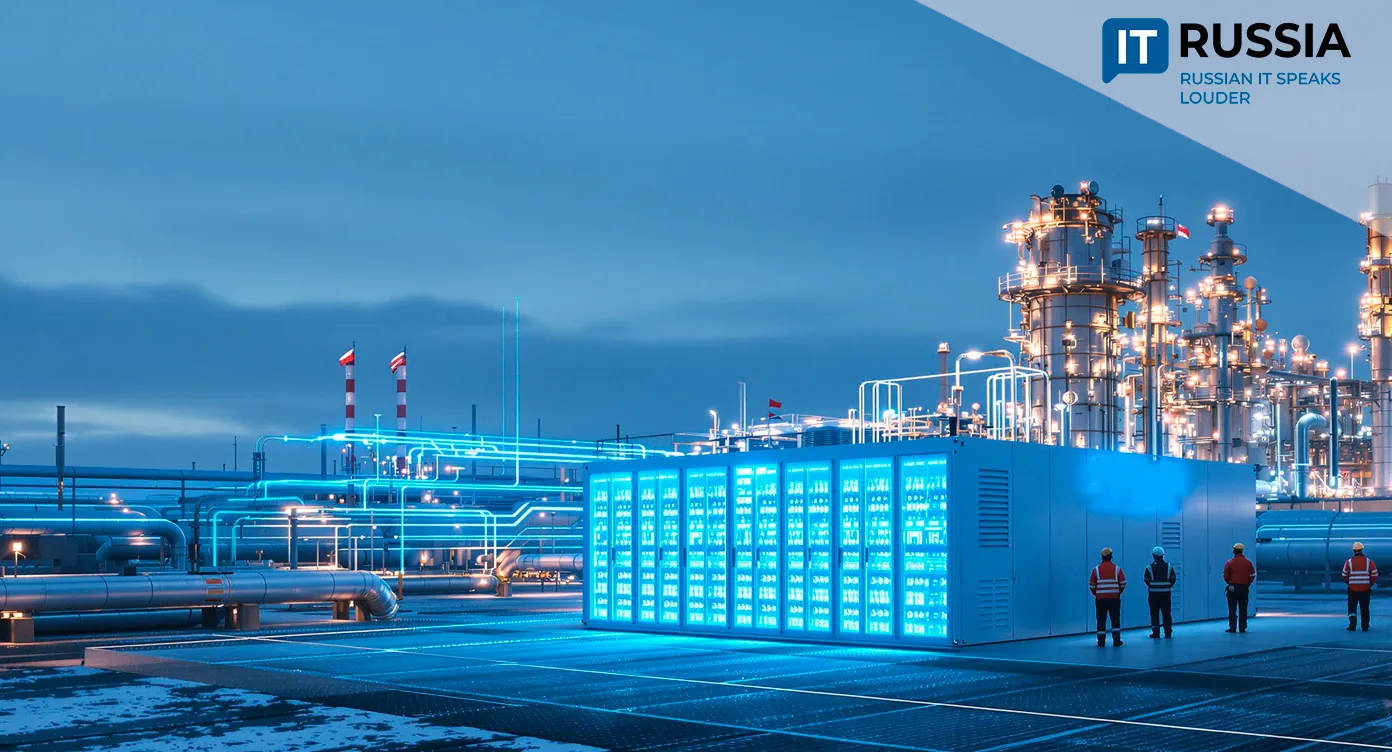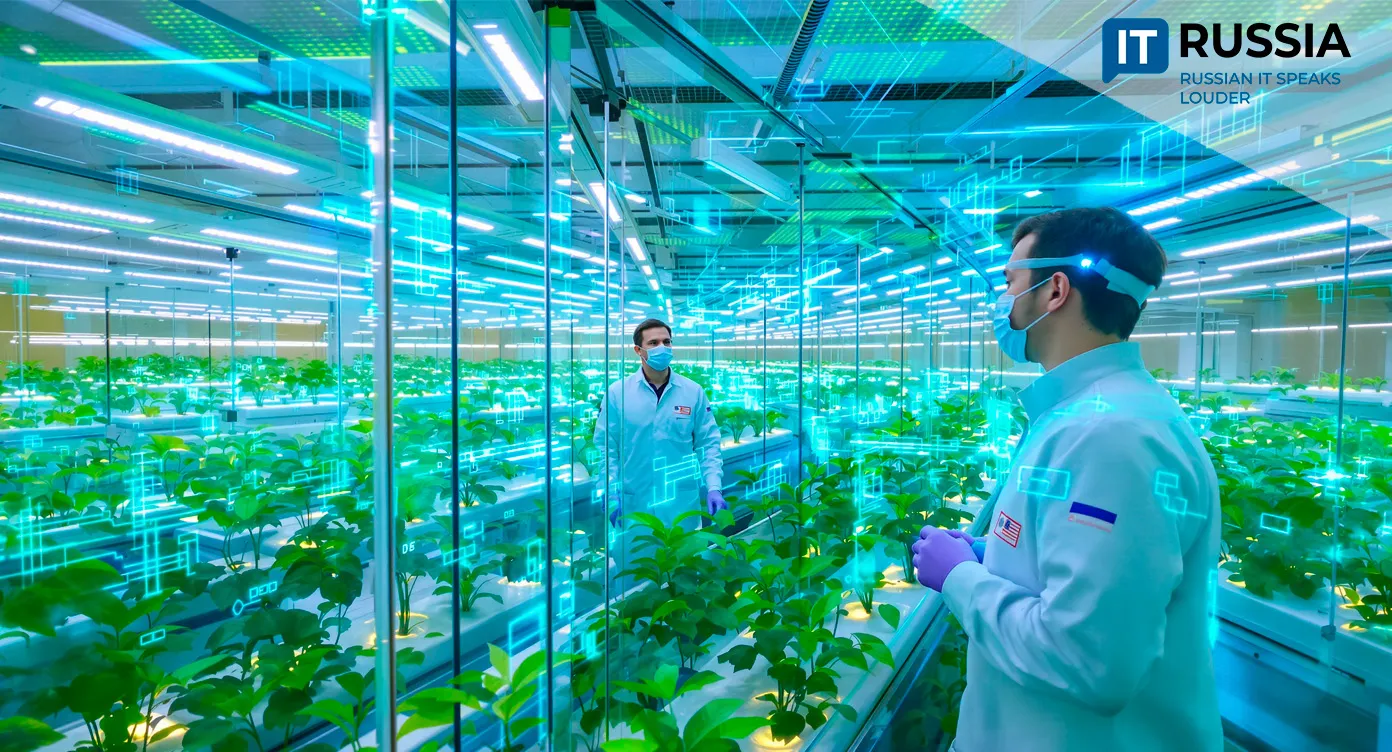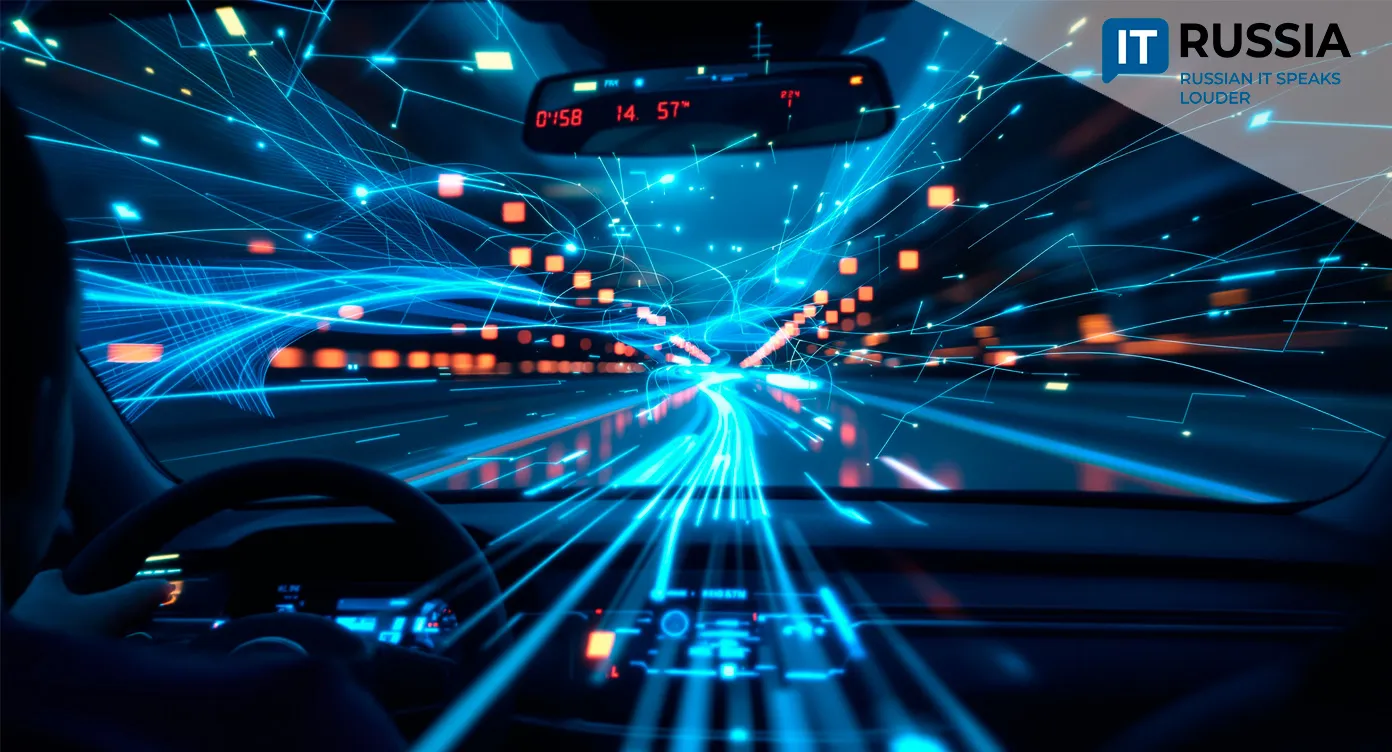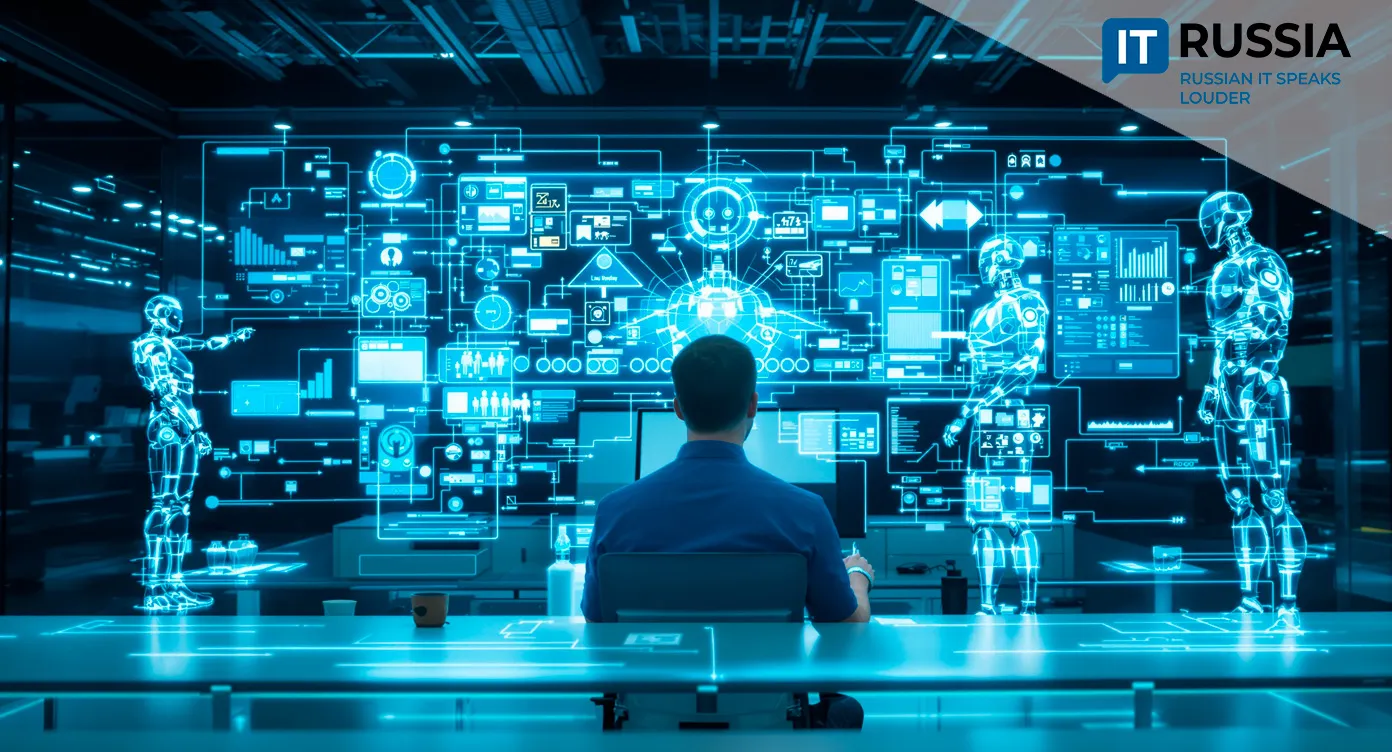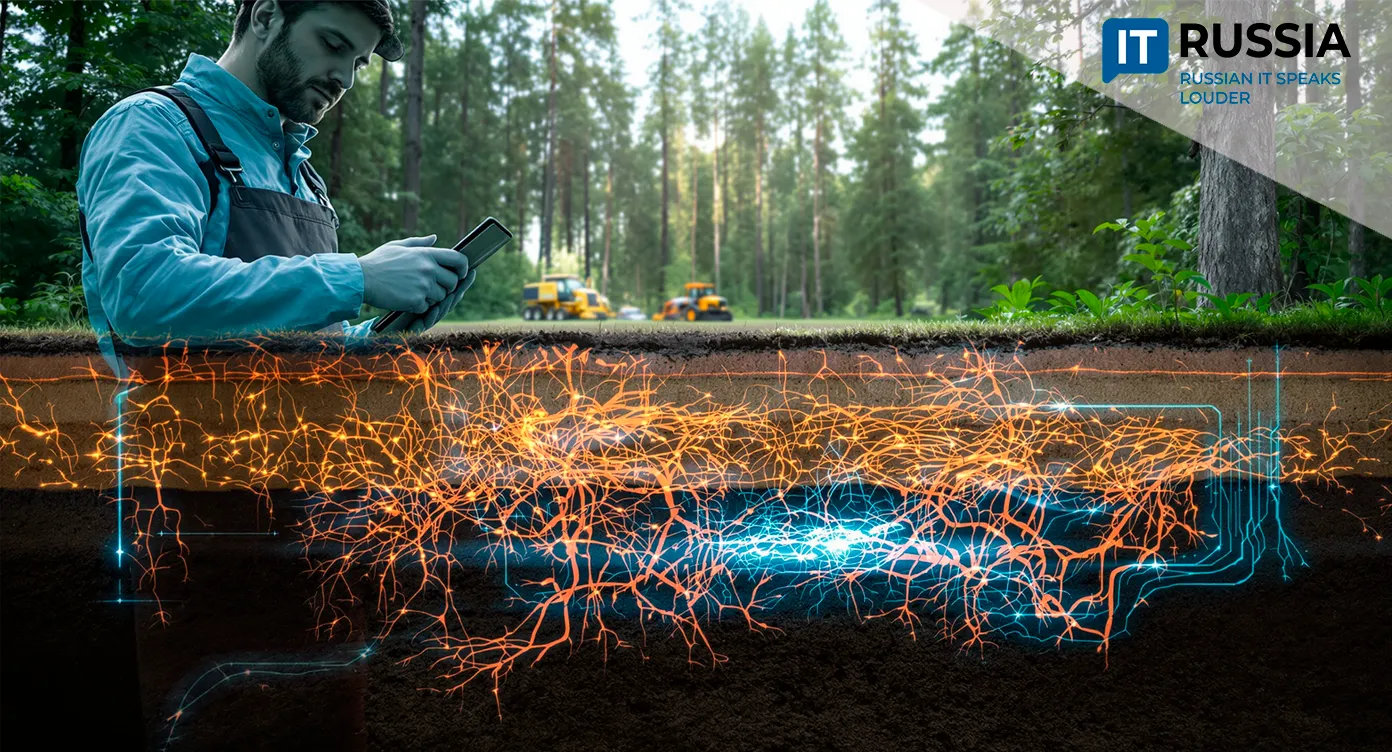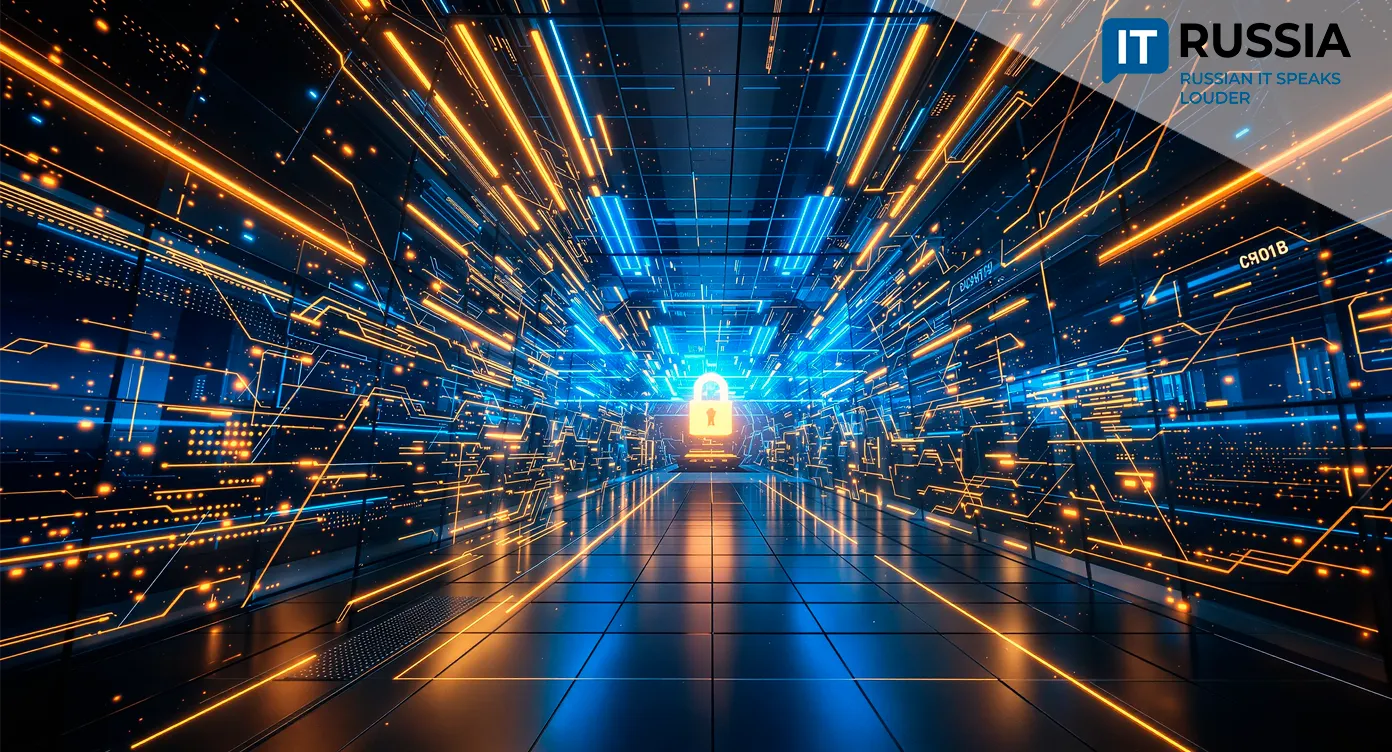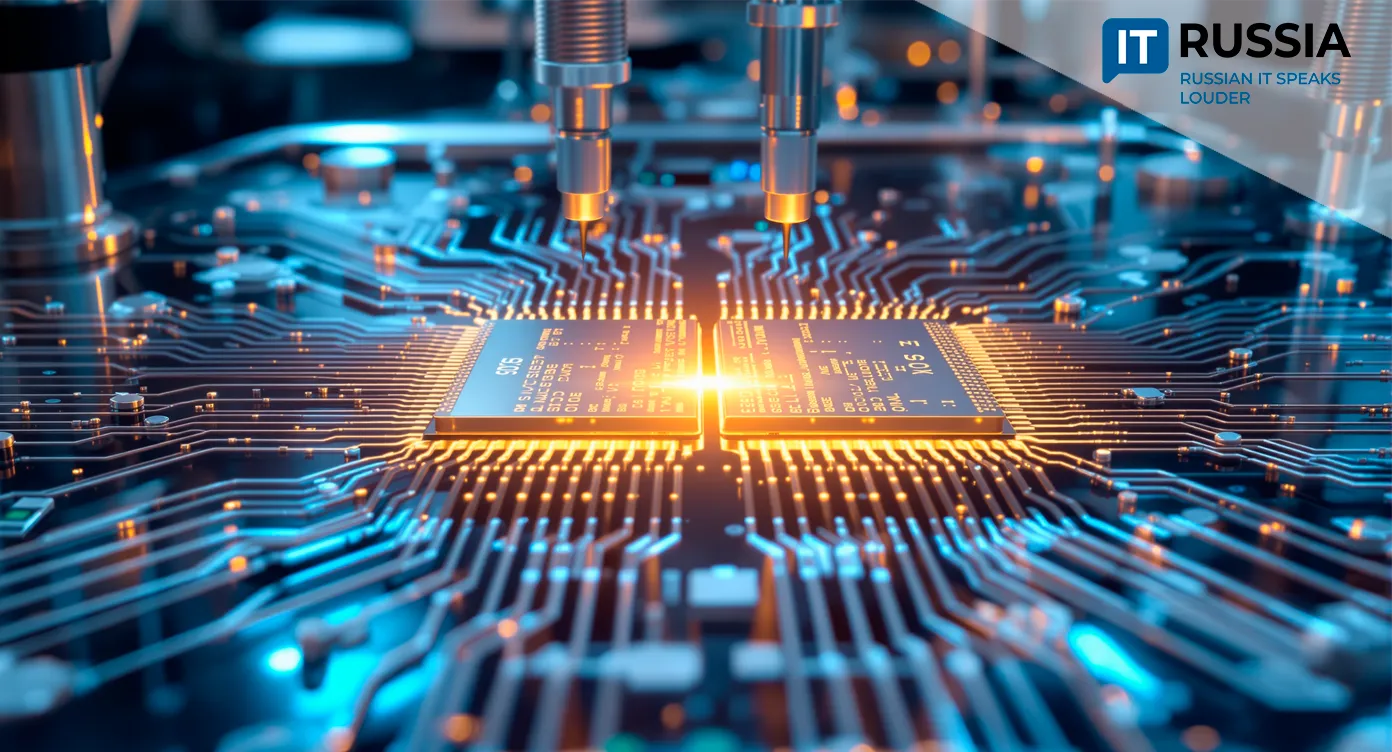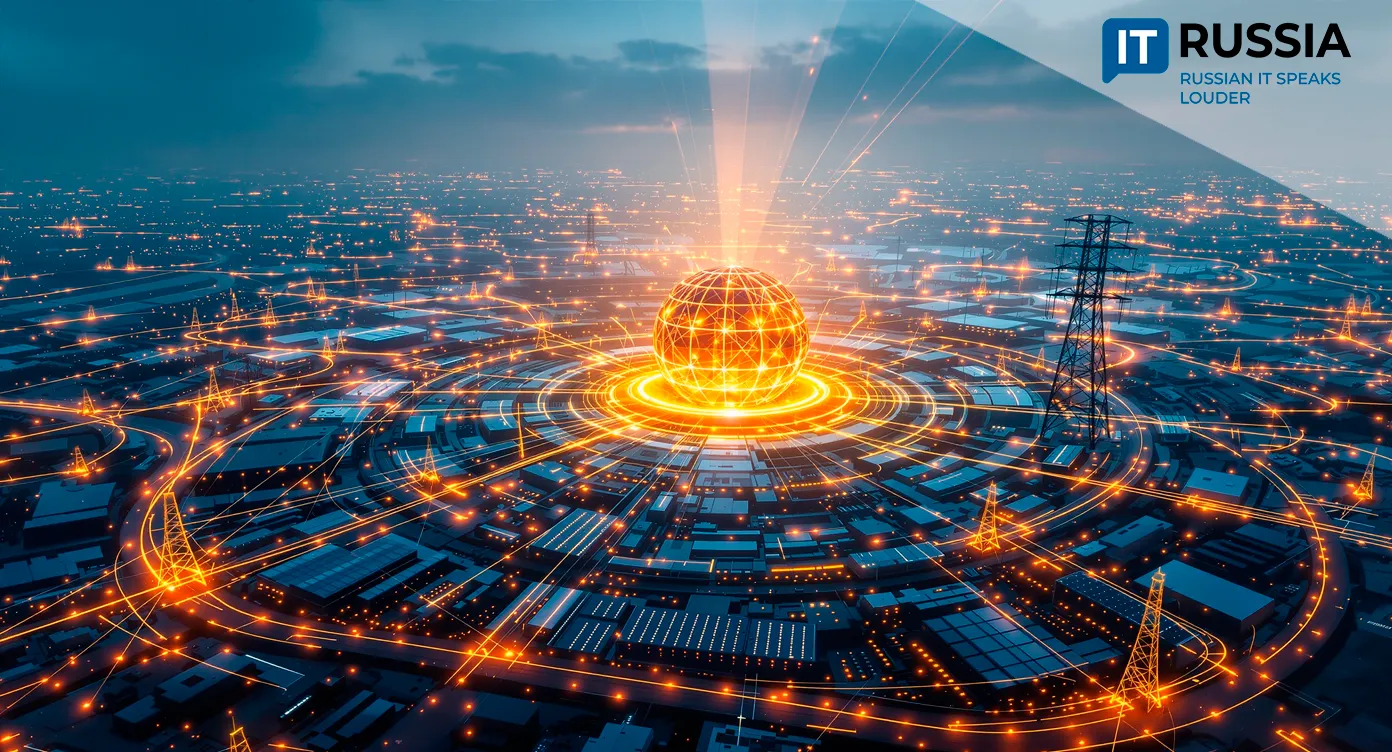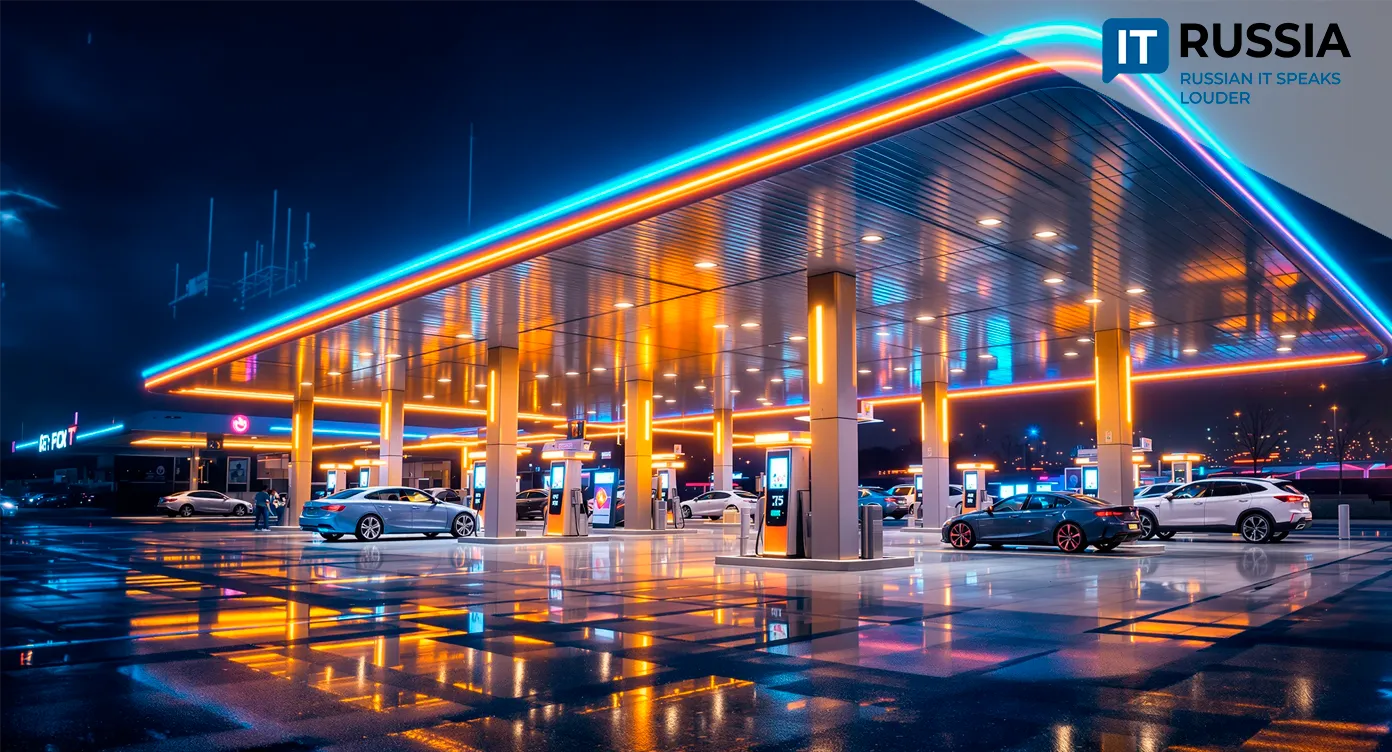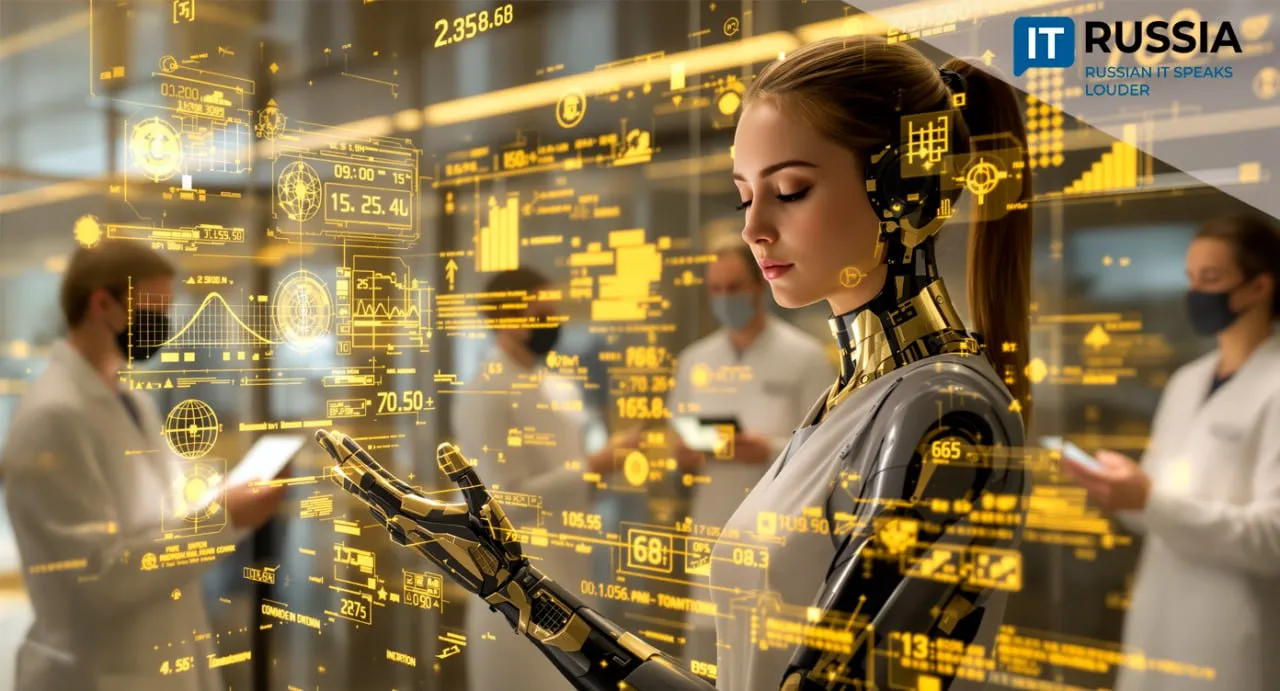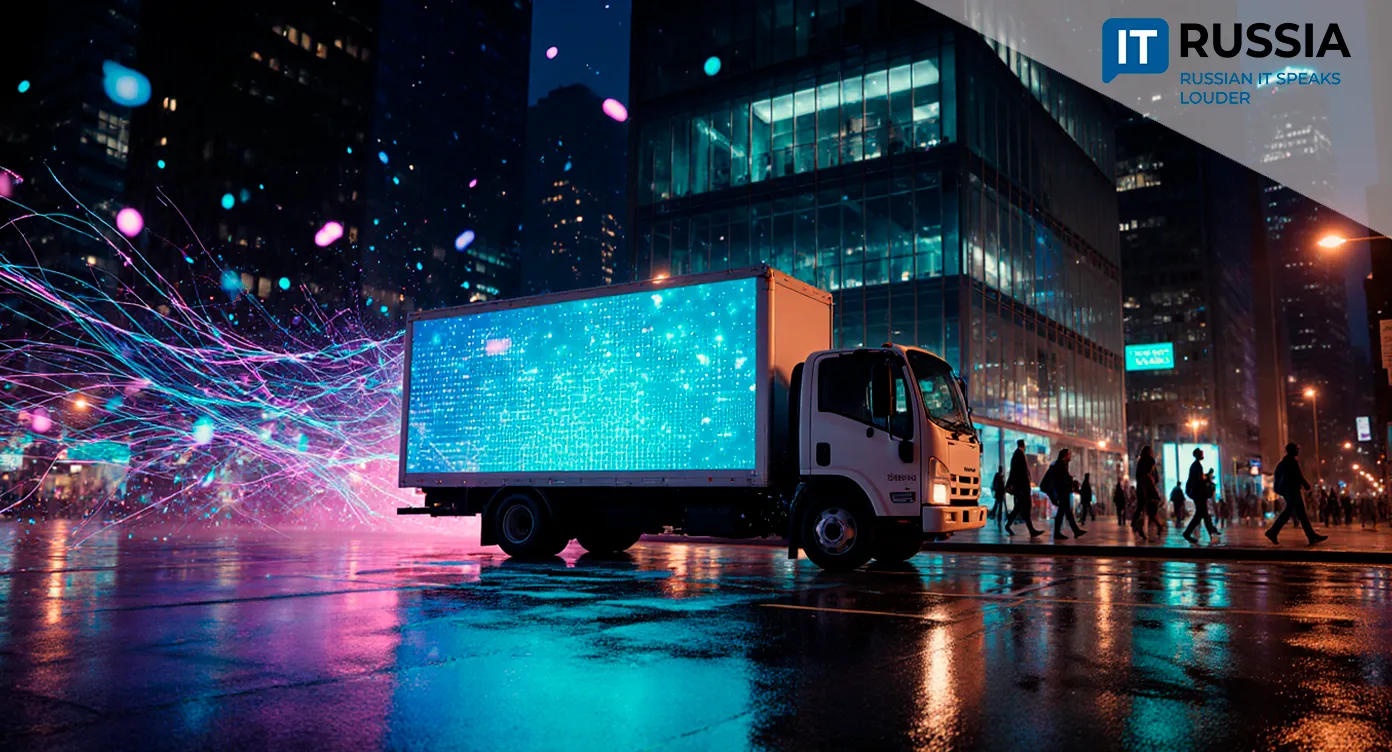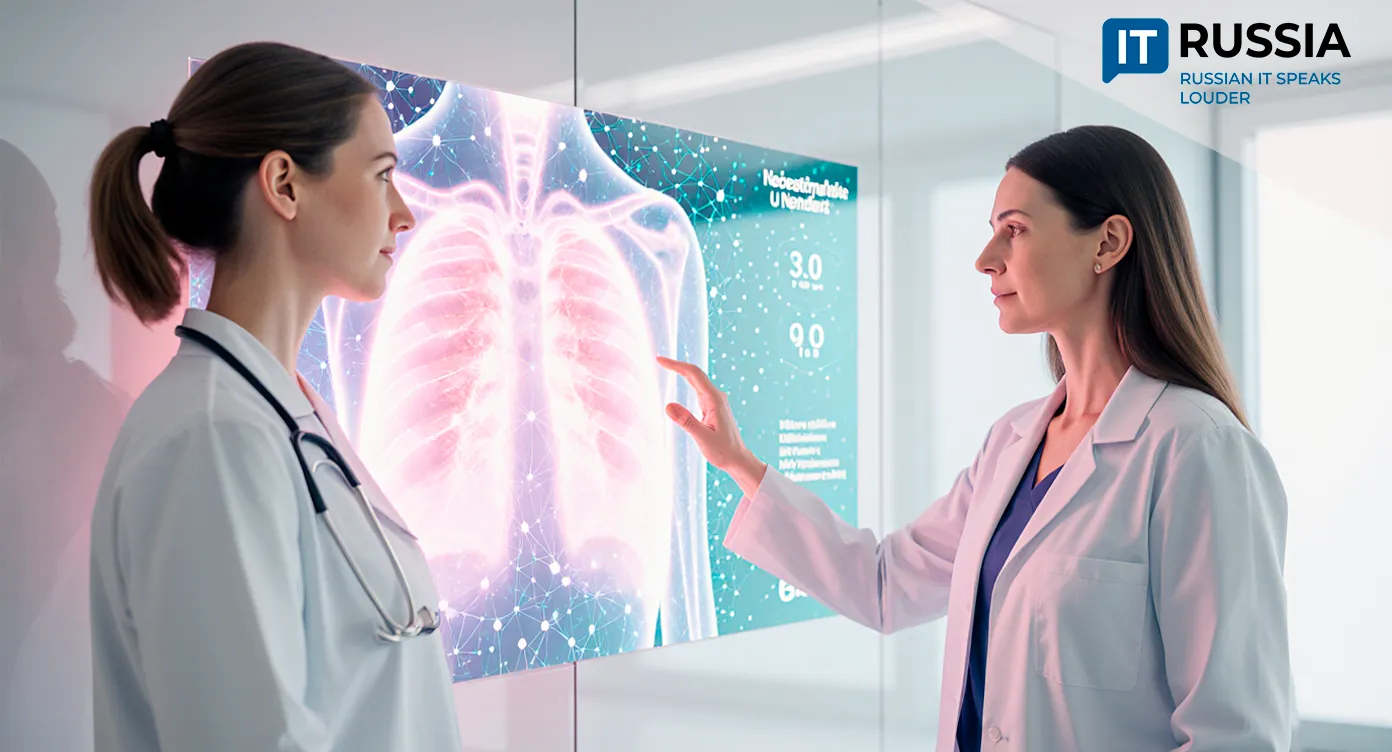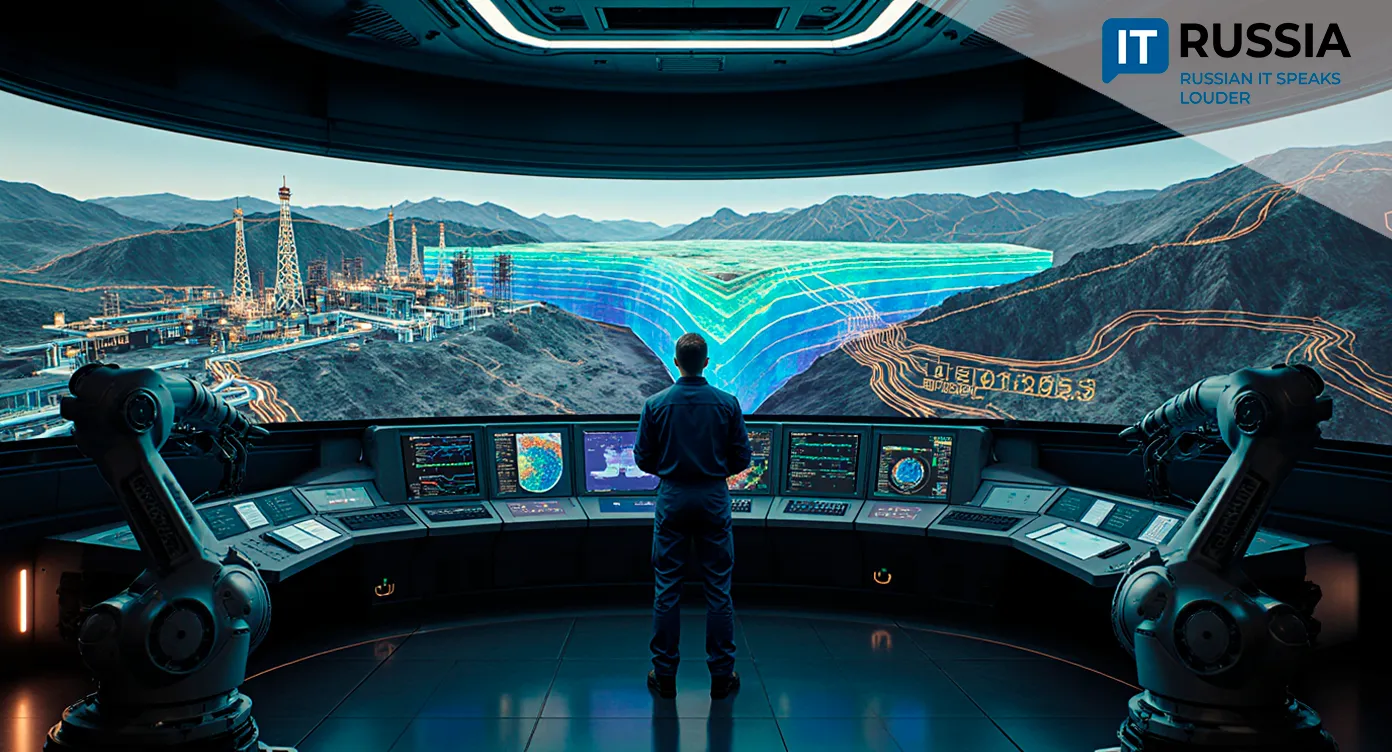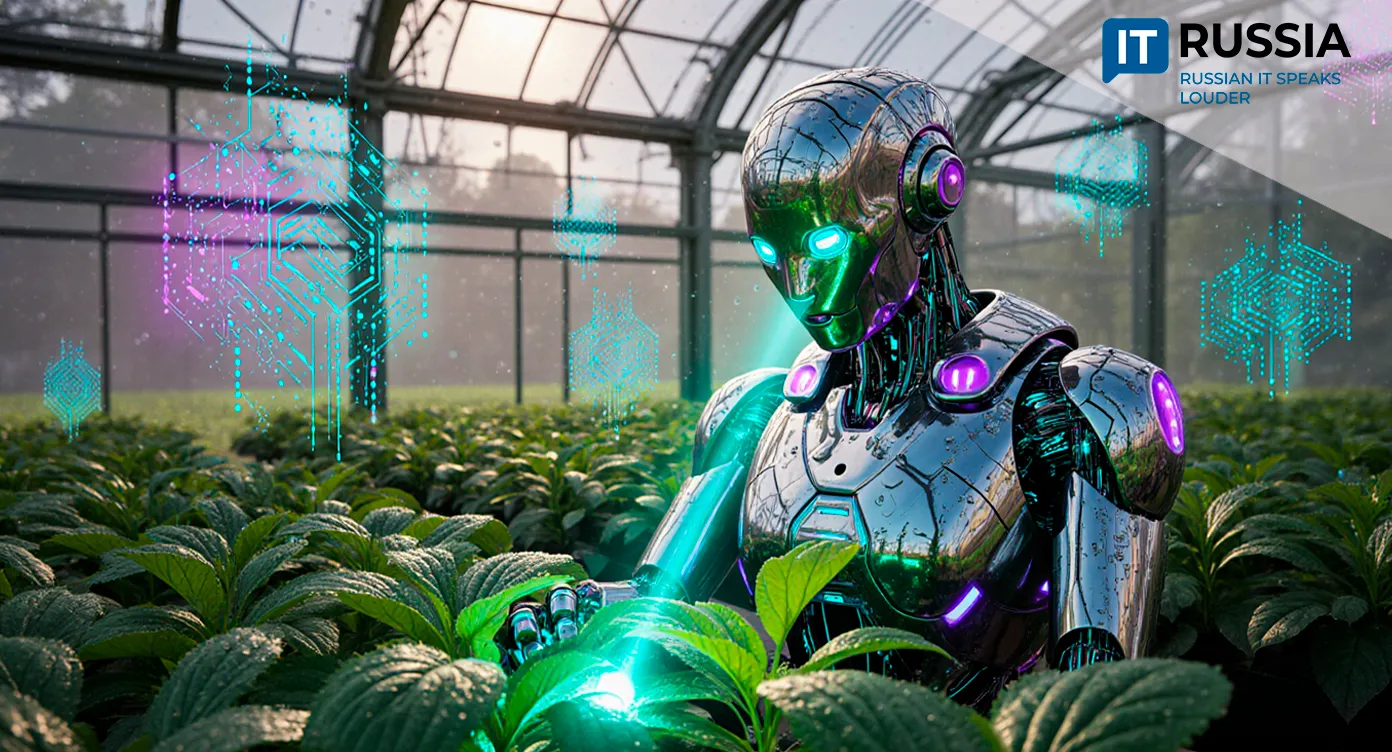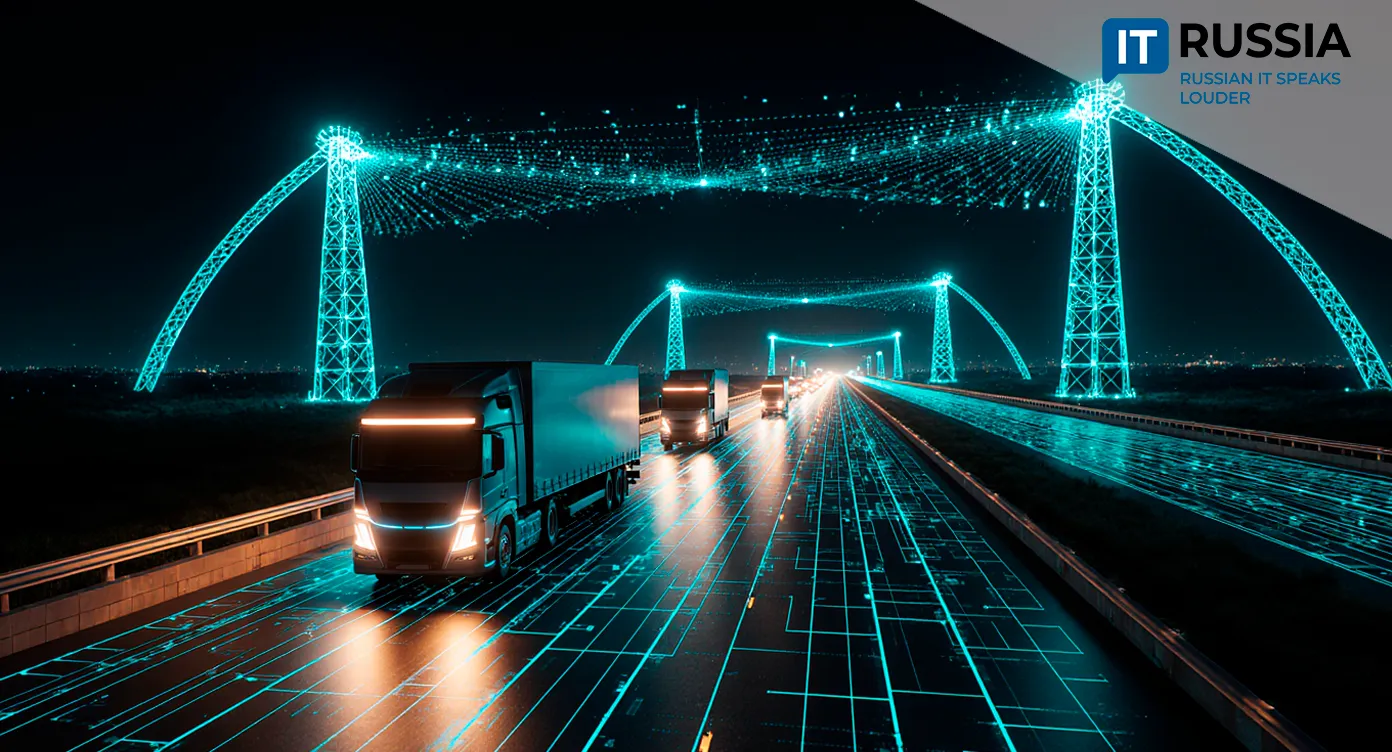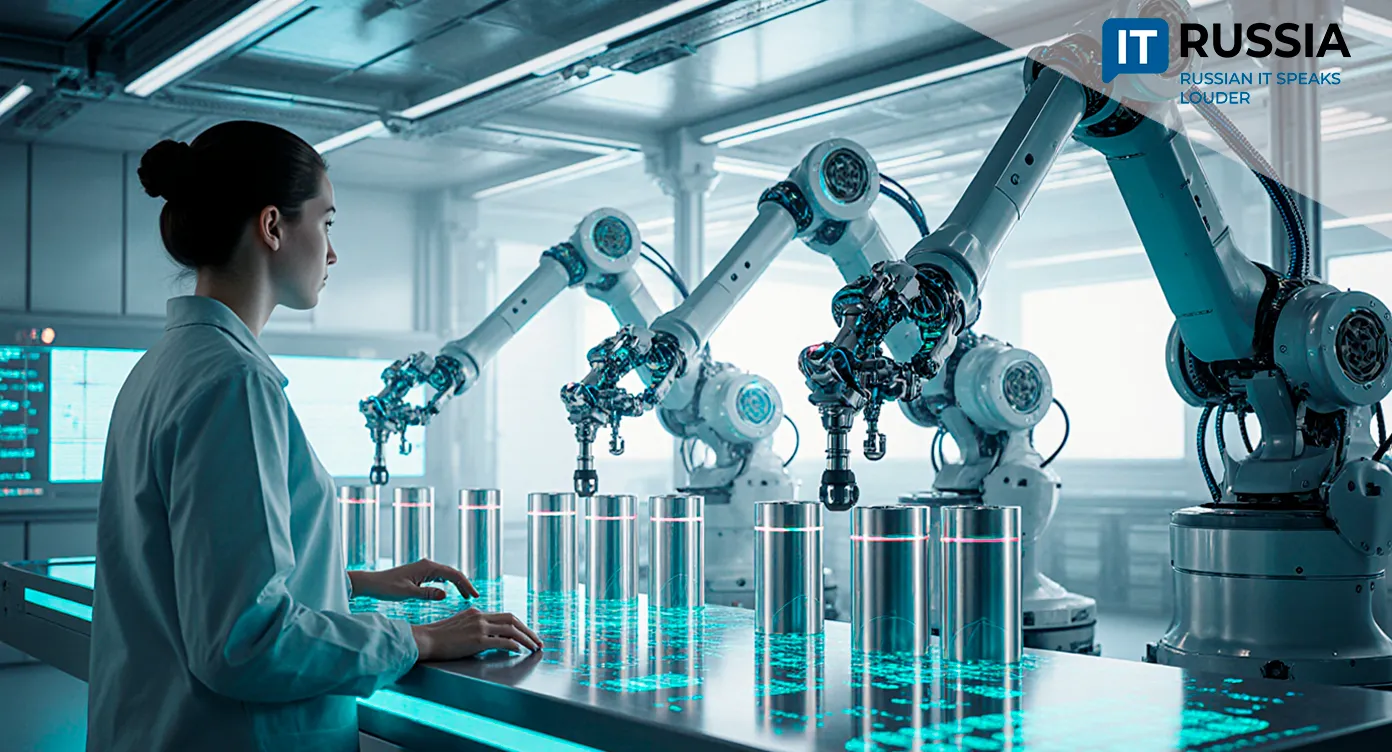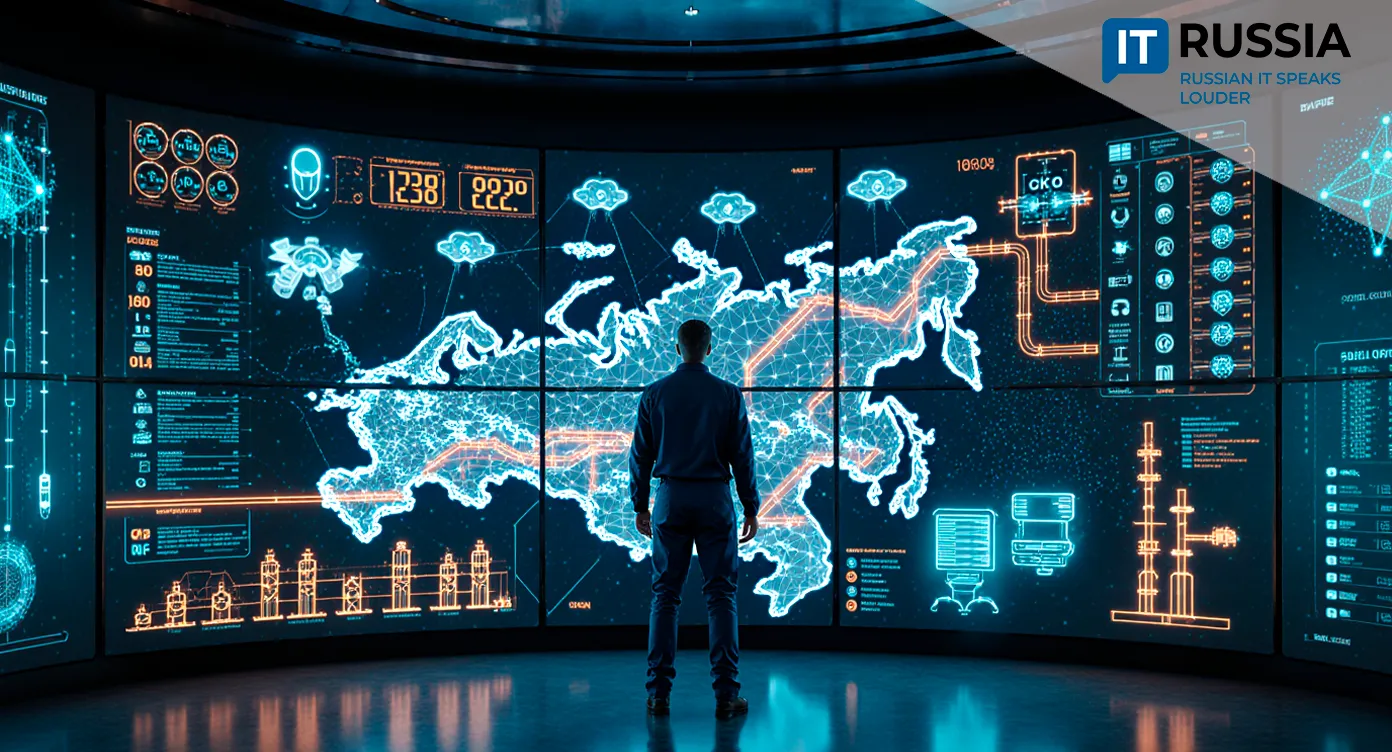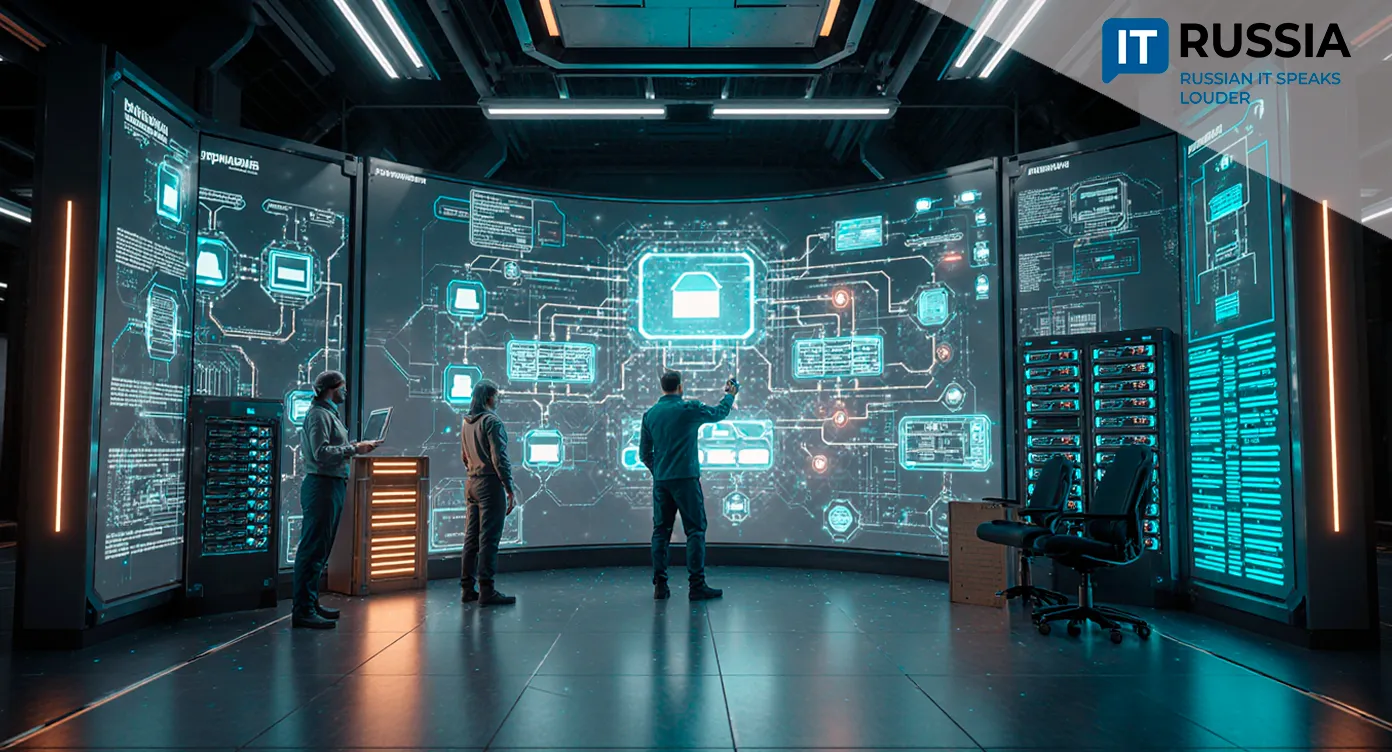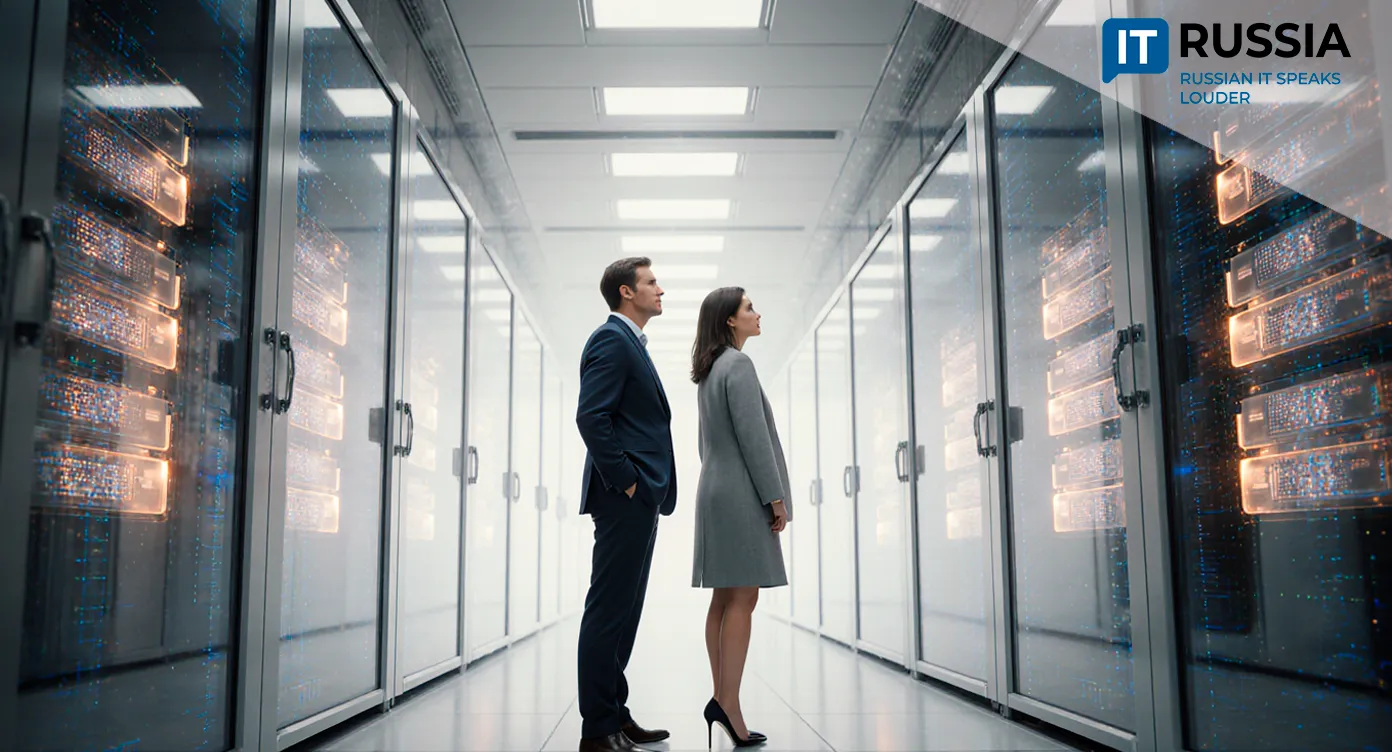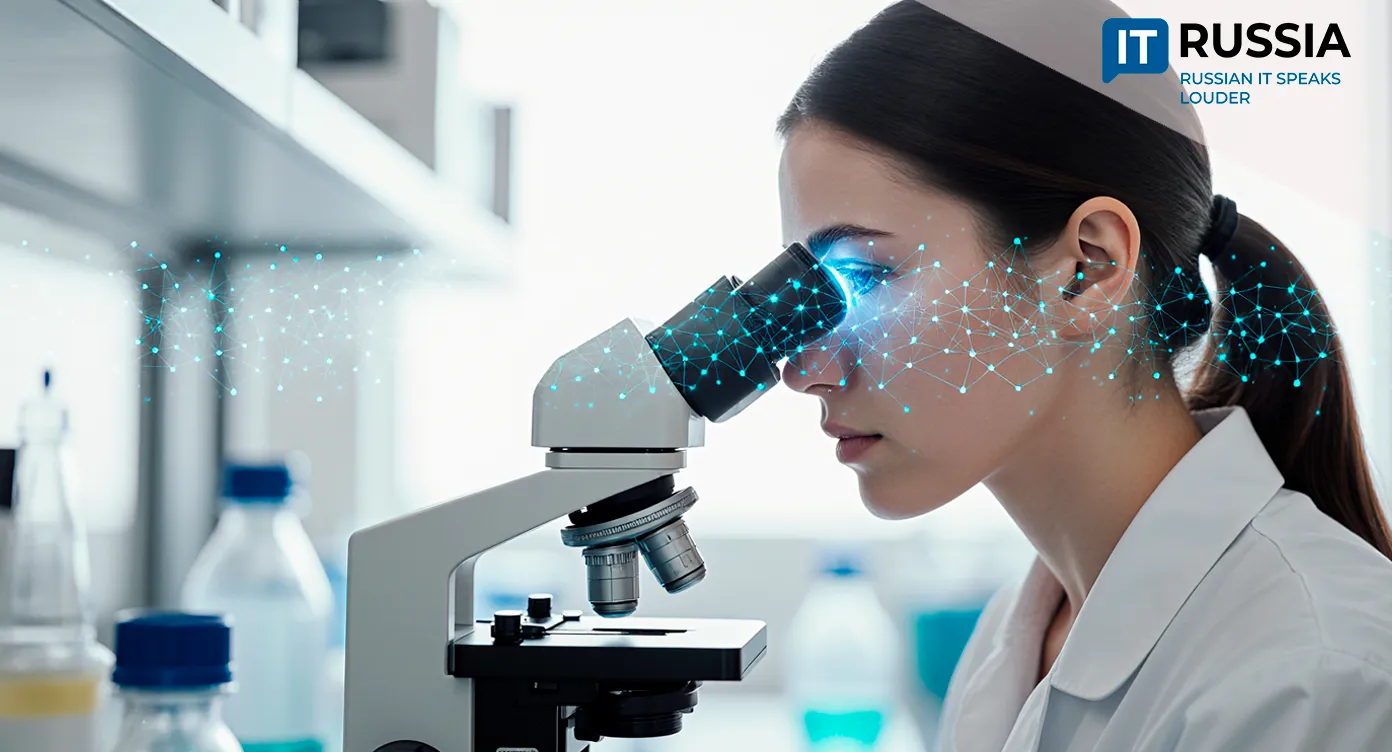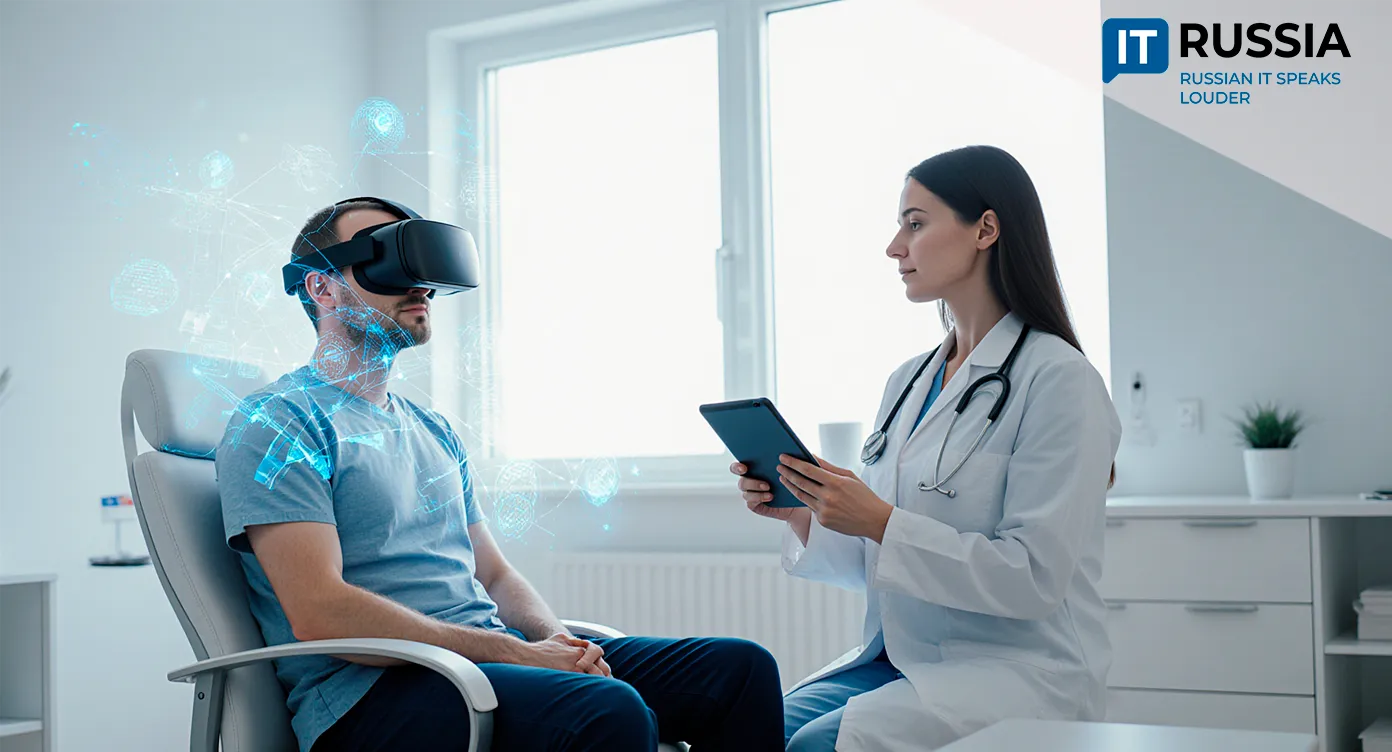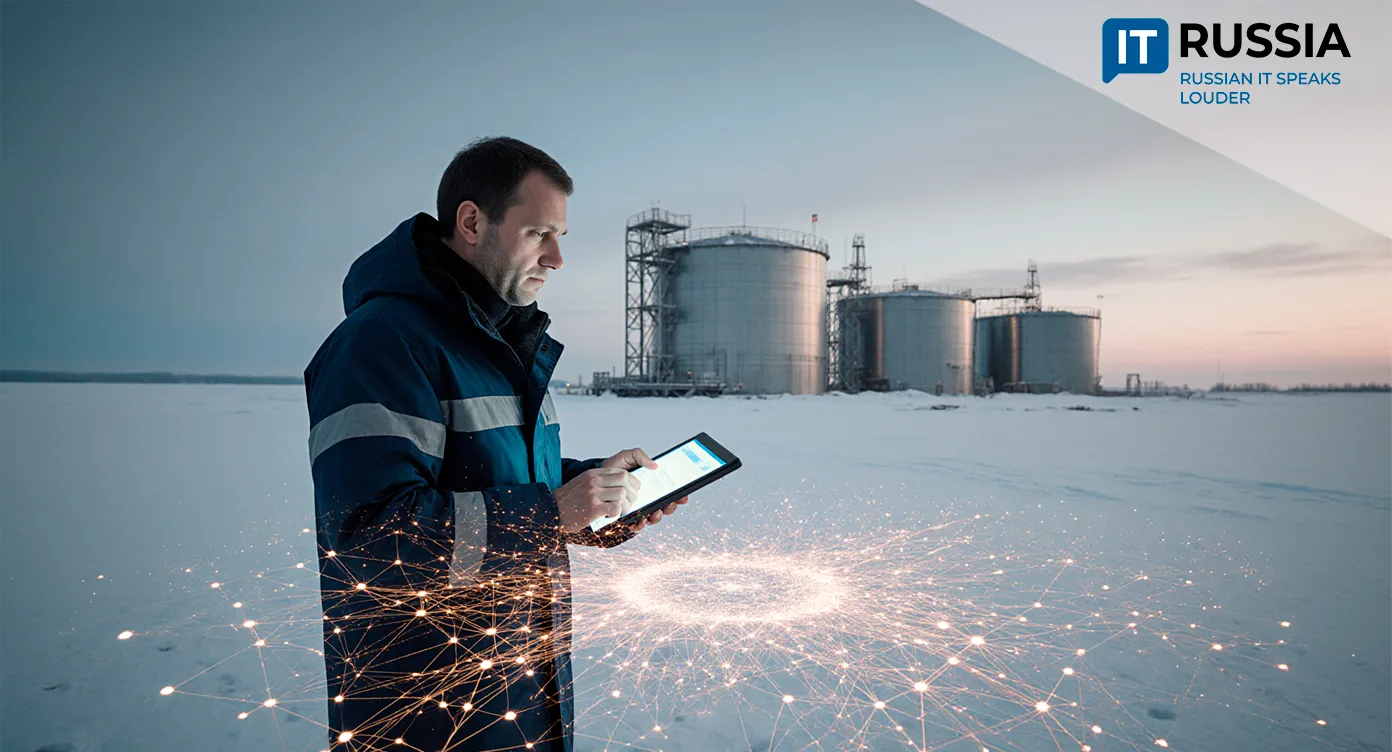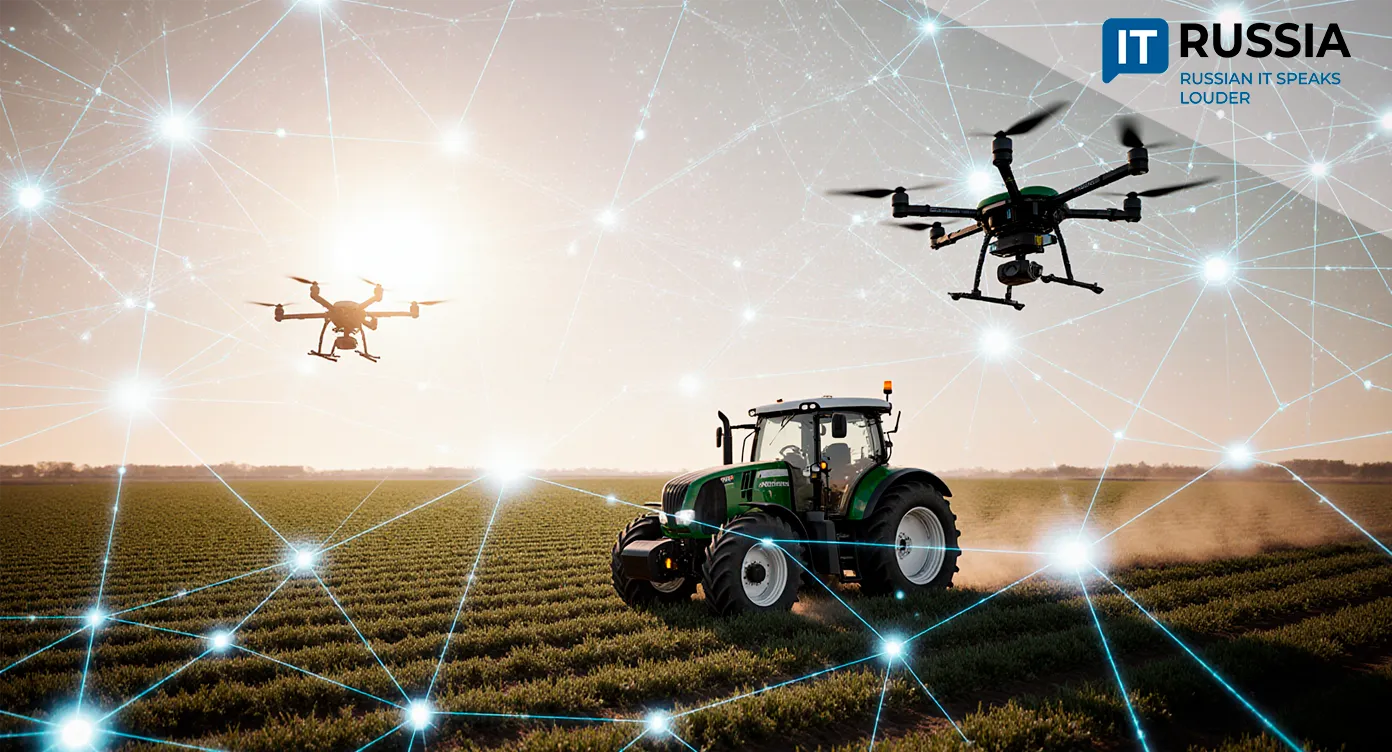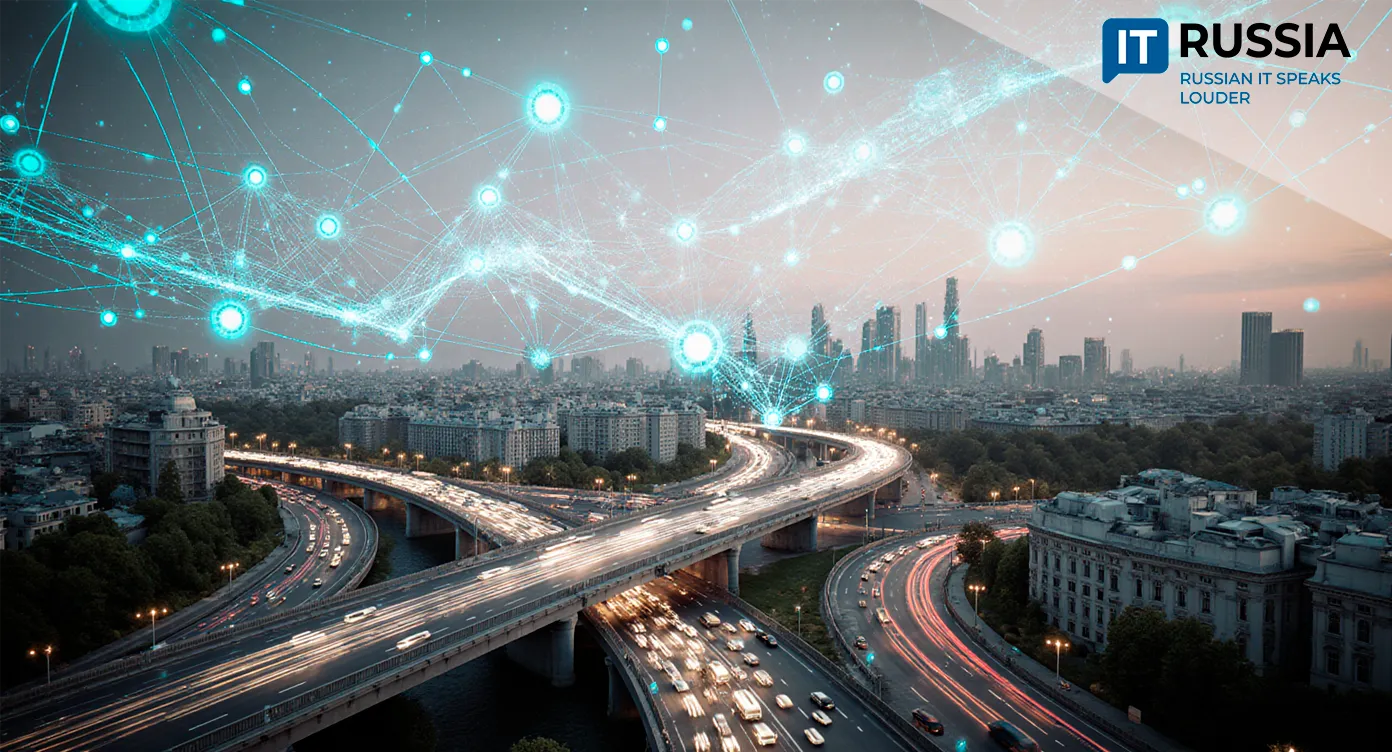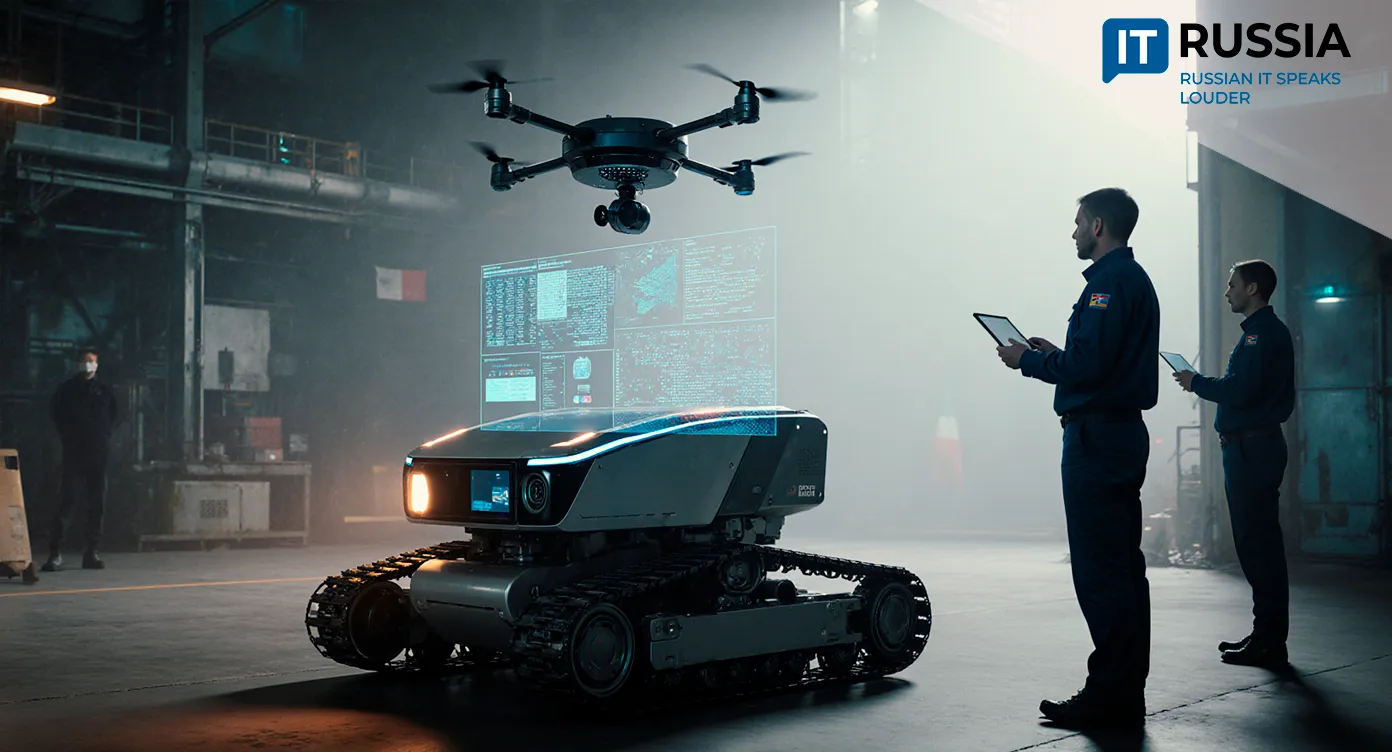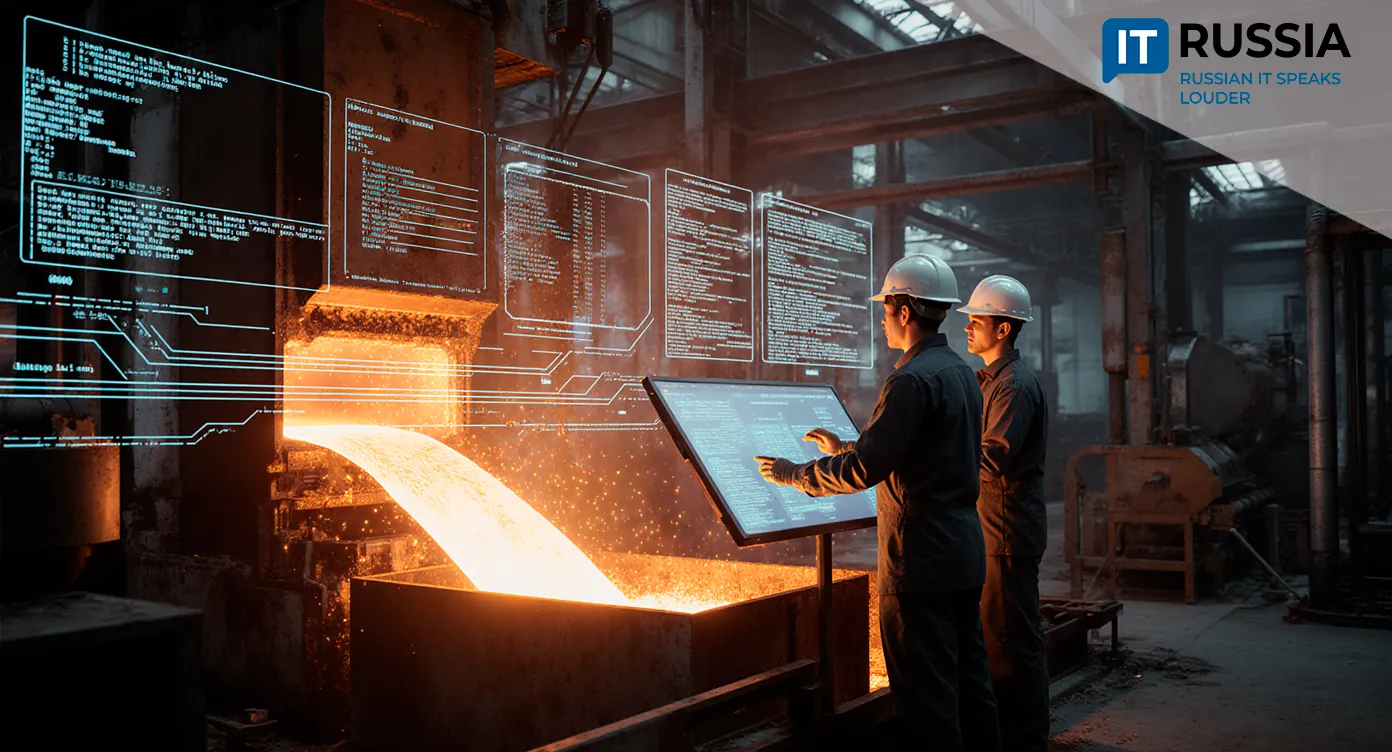Industry 4.0 in Russia’s Space Industry
Roscosmos’ digital transformation marks a new chapter in Russia’s aerospace sector — moving from traditional assembly halls to smart, automated factories and export-ready technologies.
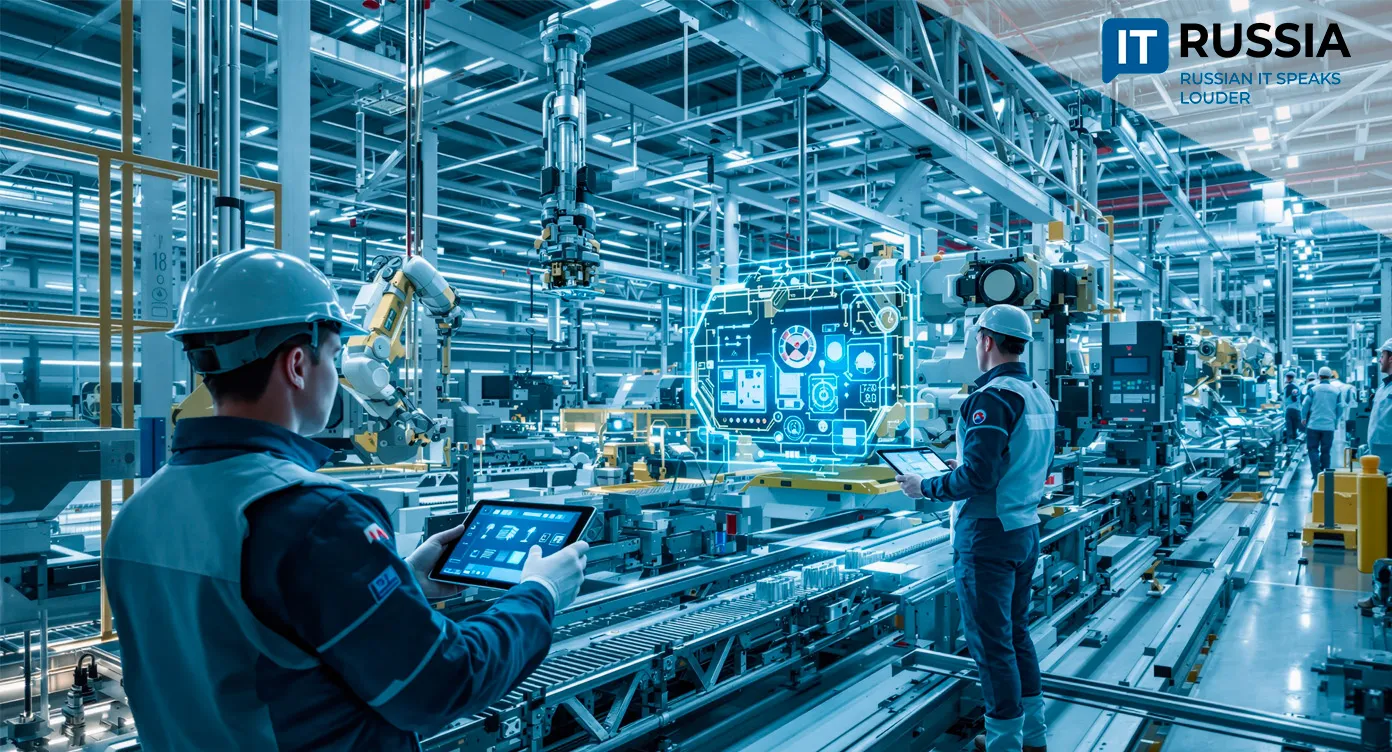
Automation in Orbit
Roscosmos has launched a large-scale internal robotics program that spans the entire structure of the State Corporation. Its key areas include conducting technological audits at major enterprises to identify production bottlenecks, automating processes throughout the entire lifecycle of spacecraft (from design to assembly and testing), and transitioning from bespoke, one-off assembly of small and medium-sized spacecraft to a continuous, serial production model.
This initiative represents far more than the modernization of individual workshops — it’s a systemic transformation of Russia’s entire rocket and space industry. Streamlined production will significantly reduce spacecraft costs, shorten production timelines, and improve standardization levels. For the state, it means lower budget expenditures and faster implementation of strategic projects — from communications and navigation satellites to Earth observation systems. For citizens, it means more reliable and accessible space-based services, and new high-skill job opportunities.
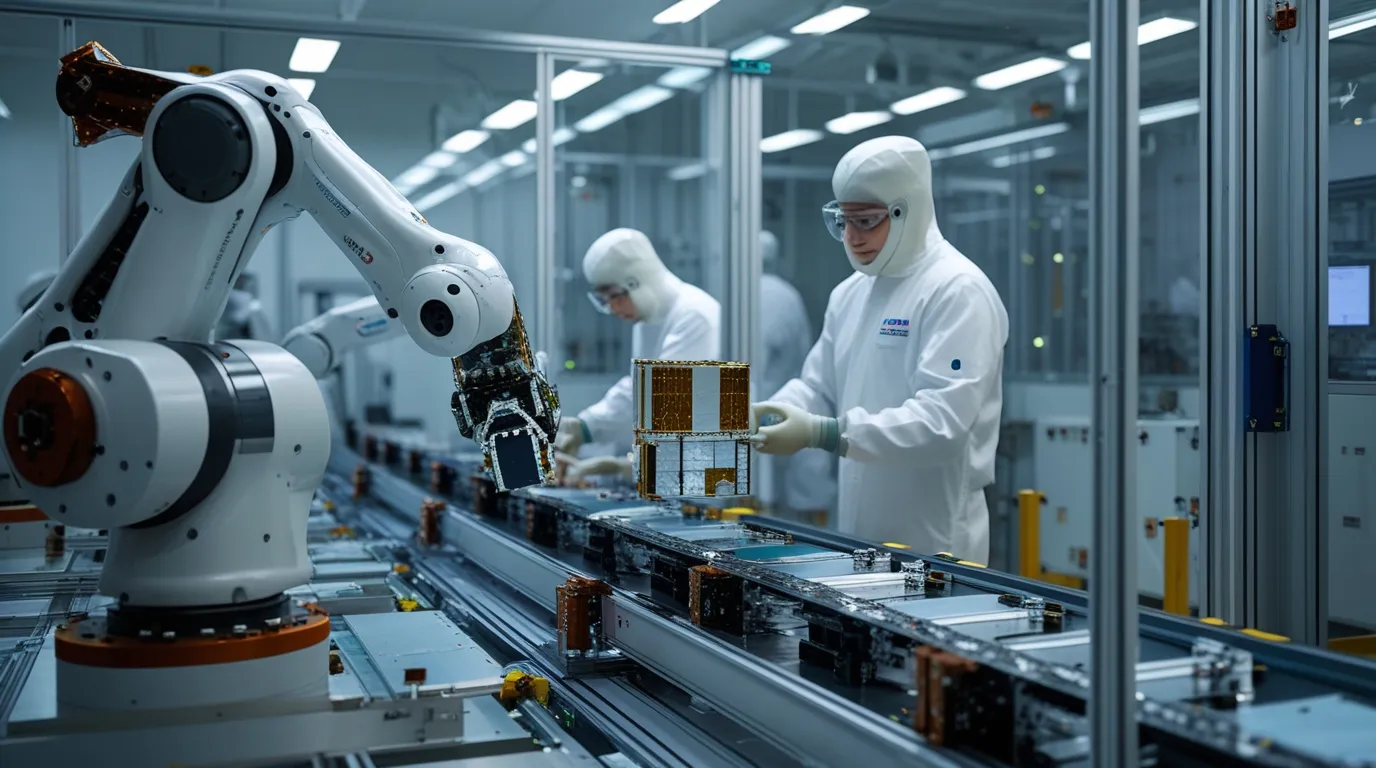
Space, Russian-Style: Cheaper, Faster, More Reliable
The creation of a competitive, serial production model for spacecraft based on robotics opens substantial export opportunities for Russia. High automation levels reduce production costs, accelerate output, and ensure consistent quality — all crucial success factors in the global satellite technology market.
This allows Russian companies to compete on equal footing with leading players such as the United States and China. Beyond spacecraft, the exportable products may also include the very solutions themselves: licensed robotic assembly lines, specialized software, control systems, and digital platforms for automated production.
A Driver of Industrial Modernization
Domestically, the effects of robotics extend far beyond the space sector. Technologies refined within Roscosmos can be adapted for defense, aviation, energy, and heavy engineering industries. The shift toward modular and continuous manufacturing in these sectors will enhance flexibility and efficiency.
The program also stimulates the development of adjacent fields such as robotics, digital manufacturing, industrial software, and mechanical engineering. A new high-tech ecosystem is emerging, connecting developers, equipment manufacturers, and service providers. This accelerates the localization of critical technologies and reduces dependence on imported components. As a result, space-industry robotics could become a catalyst for achieving technological sovereignty across Russia’s entire industrial base.
Implementation, however, presents challenges: major investments in equipment and infrastructure, skilled workforce training, and integration of robotics into established processes. Addressing these issues requires targeted measures — government support to offset costs, educational programs to train engineers and data specialists, and management reforms to overcome bureaucratic inertia.
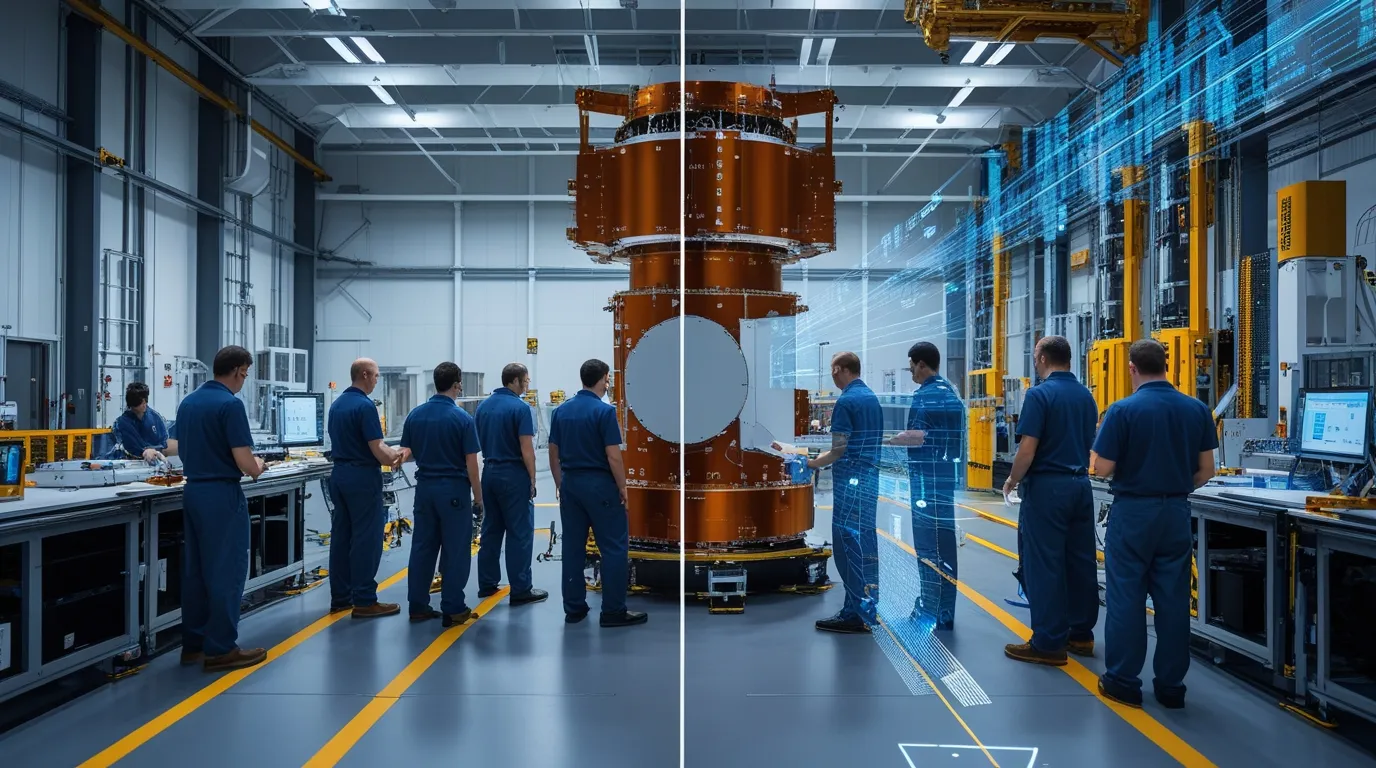
Strategy for a Technological Breakthrough
In June 2025, Russia unveiled a new national project called “Cosmos”, with a total budget of $27.1b for 2026–2030, and over $61.7b through 2036. The project encompasses eight federal initiatives aimed at ensuring technological sovereignty and global competitiveness. Its key areas include the development of satellite communications, Earth observation, navigation systems, crewed spaceflight, sovereign space access, and space science. Nearly $6.1b through 2036 are allocated for nuclear space power, advanced manufacturing systems, and workforce training.
A vital component of the strategy is private investment: the share of non-budgetary funding is expected to rise from 5% in 2024 to 35% by 2035. To achieve this, Roscosmos plans to transfer stakes in enterprises to private trust management and reduce launch costs by more than half, aiming to capture 28% of the global launch market. The national project sets an ambitious trajectory for the space sector as a driver of technological breakthroughs and economic growth.
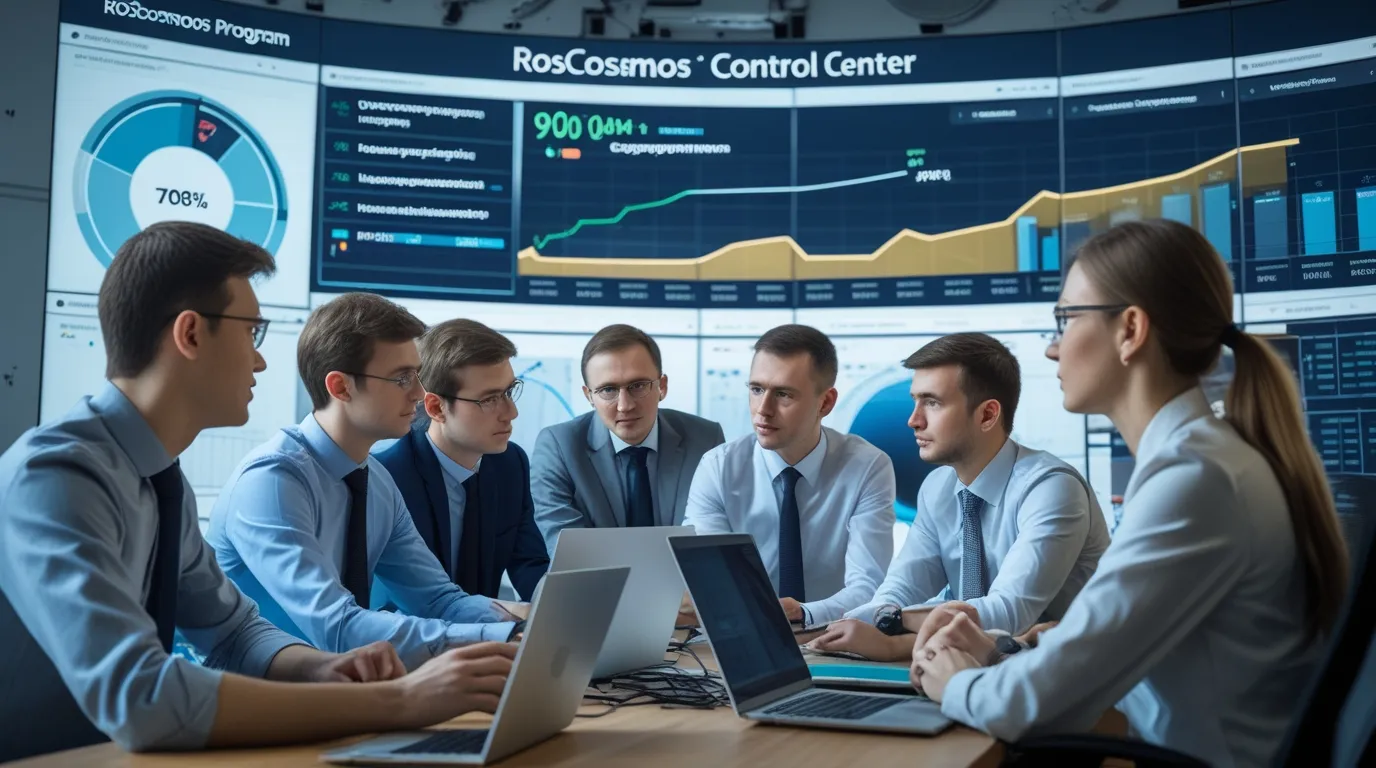
Robotics as a Launch Pad
In recent years, Russia has shown steady progress in digitizing its space industry: AI-driven solutions are being deployed at Roscosmos enterprises, launch operations are increasingly automated, and demand for smart manufacturing systems is growing.
Among pilot initiatives, the Khrunichev Center introduced an automated line for assembling composite rocket components, reducing labor intensity by 30% and improving manufacturing precision. At the Reshetnev Information Satellite Systems enterprise, a robotic complex now tests onboard satellite electronics around the clock, minimizing human error. Meanwhile, Proton-PM has implemented a digital twin system for rocket module assembly modeling, which shortens design cycles and identifies issues early. These cases showcase the tangible potential of robotics to boost efficiency and quality in space manufacturing.
Pilot projects at key facilities are expected to expand soon, followed by full-scale implementation across the corporation. Successful completion of this robotics program will mark not only a milestone for the space sector but also a powerful boost for Russian industry as a whole.



